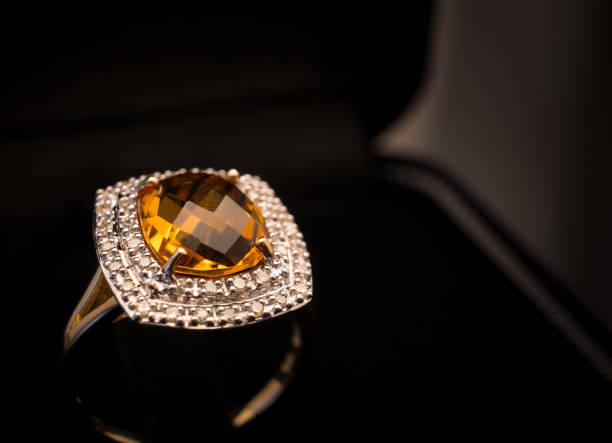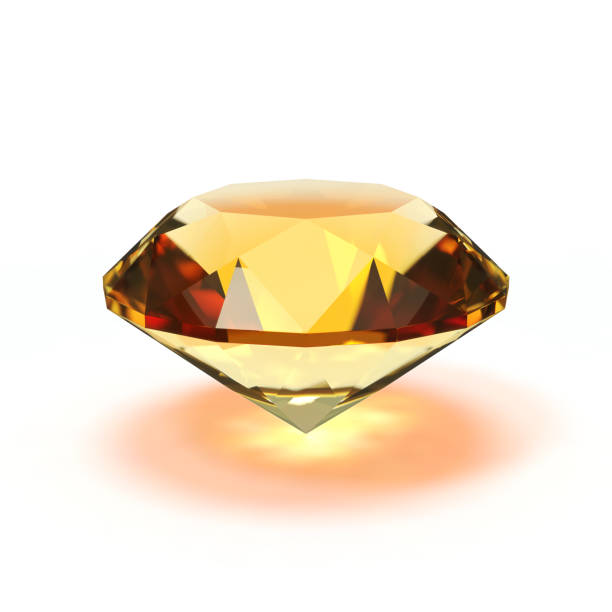November Birthstones: Topaz vs. Citrine
0 comments
SHOP BY STYLE ✧
SHOP BY SHAPE ✧
![]()
![]()
![]()
![]()
![]()
METAL COLOR ✧
WEDDING BANDS
SHOP BY STYLE ✧
![]()
![]()
![]()
SHOP BY STONE ✧
SHOP BY METAL ✧
JEWELRY FOR THE BIG DAY
NECKLACES ✧
EARRINGS ✧
BRACELETS ✧
Engagement ✧
SHOP BY SHAPE ✧
![]()
![]()
![]()
![]()
![]()
![]()
SHOP BY COLOR ✧
SHOP BY CATEGORY✧

SHOP BY CATEGORY✧
SHOP BY OCCASION✧
SHOP BY PRICE✧

Birthstone Jewelry

November is a month celebrated for its vibrant birthstones: Topaz and Citrine. Both stones are not only stunning but also rich in history and symbolism, making them popular choices in the jewelry industry. Topaz, with its dazzling hues ranging from golden yellows to deep oranges, has been revered since ancient times, believed to possess protective qualities and bring good fortune. Citrine, often referred to as the “Merchant’s Stone,” is associated with wealth and prosperity, a belief that dates back to the ancient Greeks. Together, these stones embody the essence of November, offering a unique blend of beauty and significance.

Both Topaz and Citrine bring unique beauty, symbolism, and energy to November birthstone rings, making them wonderful choices for individuals born in this month or anyone drawn to their warmth and positivity. Topaz offers versatility and durability, with colors that span a range from blue to vibrant yellow, while Citrine’s sunny hues and reputation as a “Merchant’s Stone” bring joy and optimism to any jewelry collection. When choosing between these two gemstones, personal style, budget, and lifestyle considerations will ultimately guide buyers to the stone that best represents their individuality. Whether you’re looking for an eye-catching piece or a daily companion, November birthstone rings in Topaz and Citrine offer timeless beauty and enduring appeal.